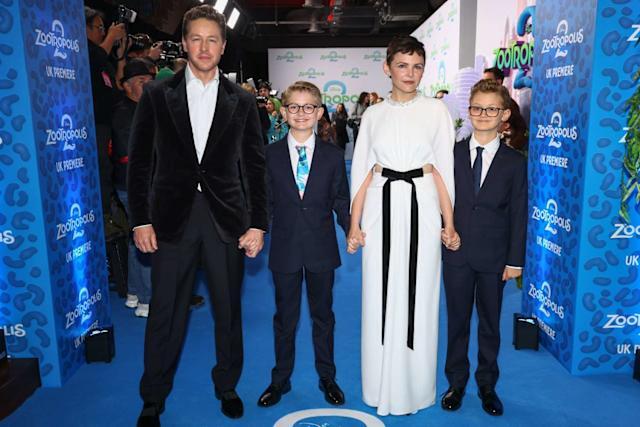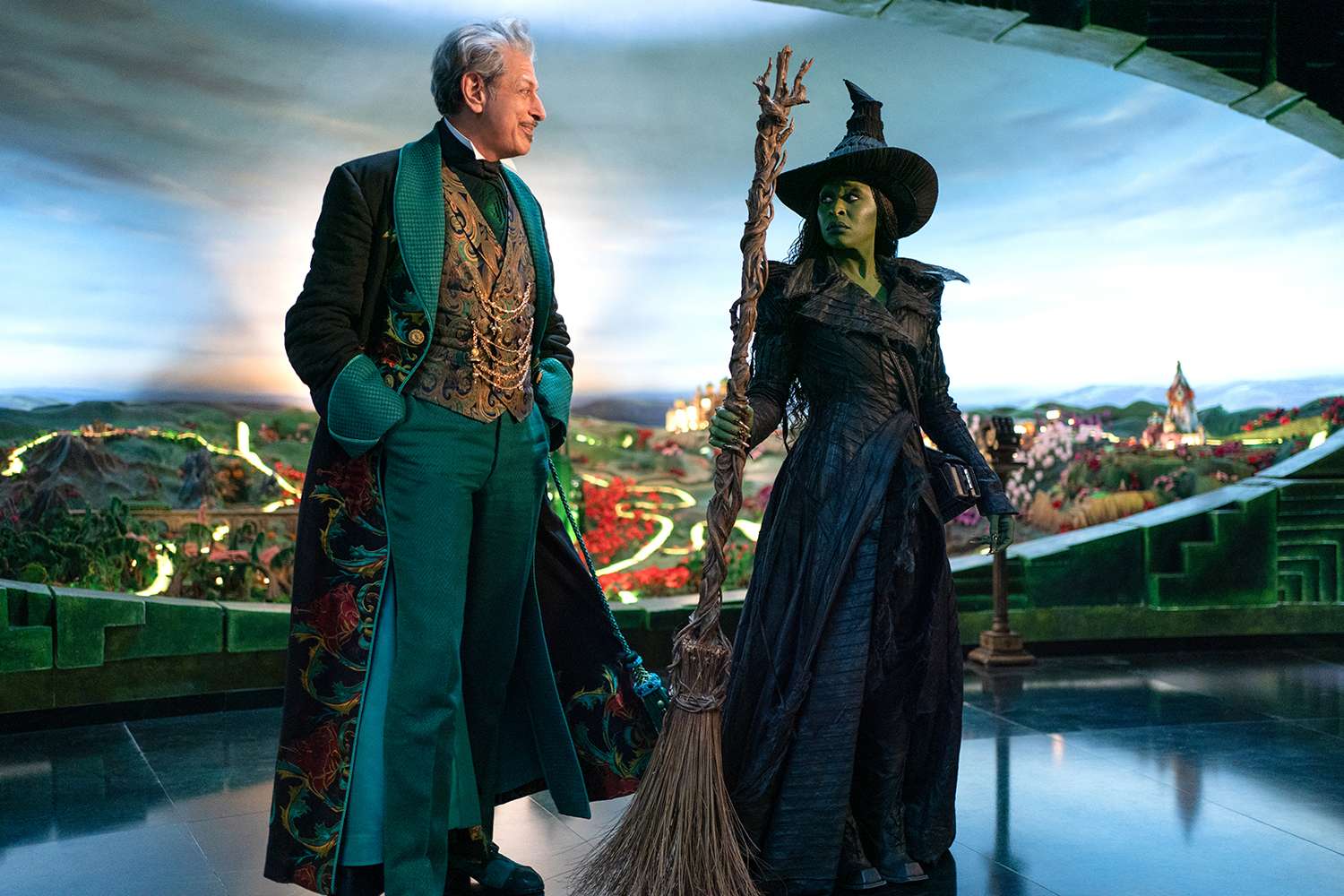Skims – the shapewear empire founded by Kim Kardashian – has recently unveiled a retro-inspired collection that feels remarkably plucked from a mid-20th-century lingerie drawer. Launched on July 2, 2025, this line features bras with pointed cups reminiscent of the bullet bra silhouette of the 1950s, and high-waisted bandeau slips designed to flatten and shape. Prices begin at $60 for bras and climb to $118 for shapewear pieces. While the aesthetics will certainly appeal to those drawn to vintage style, understanding why this pivot matters becomes more intriguing the deeper you look.
Over the past decade, women’s intimate apparel has largely swung toward softness, ease, and freedom. The bralette – a lightly supported, minimalist design – became emblematic of late 2010s fashion, beloved for its comfort and low-key femininity. It was underwear in the sense that you wore it and forgot it existed.
But as Lorynn Divita, associate professor of apparel design and merchandising at Baylor University, puts it, “The pendulum has swung back and we’re looking at boning, corsetry and compression.” Unlike the shapeless, underboob-friendly trends of the last decade, where tone and stretch ruled the day, Skims’ new collection represents a return to structure: defined curves, sculpted silhouettes, and intentional shaping.
Bullet bras, corsets, and boned slips—these are not whispers toward the natural shape of the body; they’re statements of contour. The garments celebrate form not through invisibility but through high-definition accentuation. In this new era, shapewear isn’t just functional—it’s a centerpiece.
One could dismiss the retro collection as a cute throwback or a nostalgic indulgence. But it’s more nuanced than mere nostalgia. Skims is navigating a cultural wave that values “modesty”—and not just in clothing, but as a broader aesthetic and gendered statement.
The resurgence of milkmaid tops, high-necked dresses, and long sleeves in summer collections reflects a broader societal undercurrent. This trend reflects tension between revealing and concealing, display and discretion. That tension was present in high-brow controversies—such as the backlash to nudity at the Met Gala and the Cannes Film Festival, or Lauren Sánchez Bezos’s choice of a Sophia Loren–inspired 1950s wedding dress, which favors elegance and coverage over risqué allure.
Skims’ retro lingerie slots right into this framework: it’s clearly structured, femme, and styled for a moment of repose, not adventure. Divita describes it as “lingerie for someone who does not have to work in the service industry… for someone who does not have to do anything other than lounge about and look pretty.” It’s a deliberate stylized choice—not secret, but displayed in curated scenes: fitted with vintage telephones, cigarette holders, or pin-up frames. This is shape worn as spectacle.

In some corners of 2025, a “trad-wife” aesthetic is clearly emerging. This demographic idealizes a return to perceived mid-century domestic normalcy: long skirts, neatly coiffed hair, and a gentle, unhurried surface. Is Skims offering lingerie to empower homemakers of that mold? That may be reading into it too deeply—but as Lauren Downing Peters, associate professor of fashion studies at Columbia College Chicago, observes, “It definitely feels like a knowing commentary on trad‑wife culture.”
While the retro line doesn’t directly advertise itself as domestic wear, it shares that quiet intimacy and vintage poise. The silhouettes hug the body in a way that feels familiar to old-school femininity—and yet, as Peters notes, there’s subversion in the tension between exaggeration and containment. The garments allude to nakedness without revealing it. They keep sex just beneath the surface, subtly alluring, but retaining a measured reserve.
It’s a provocative dance. On one hand, it taps into a longing for curves, structure, and old-fashioned glamour. On the other, it’s a nod down the cultural current to feminine ideals that domestic stabilizing forces once rehearsed—a style message both explicitly aesthetic and sociopolitically tinted. Those who long for the return of structured elegance with a wink find a signal here.
There’s no getting around romanticizing the 1950s. Stylish as it might look, it wasn’t actually fairy-tale work-life balance. Women faced systemic inequities: limited financial autonomy, constrained legal rights, and gendered task assignments that forced many into unpaid domestic labor. This era looks sleek in glossy spreads—but it was legally and culturally stifling for many.
As Divita bluntly reminds us, “They forget women couldn’t have credit cards, they couldn’t get a divorce… Their social position wasn’t what it is now. They look back at this attractive lingerie and it makes people think of all the good things associated with that time.”
Skims shows breathability and motion in its fabrics. But its retro fantasy gloss—and widespread marketability—teases out simplistic nostalgia detached from the realities behind the image. The brand’s marketing emphasizes fantasy above context. That’s the tension vintage fashion often brings: wearable dreams, but not always lived truths. Still, in 2025, nostalgia is buoyant—and shapewear that supplies structure while marketing ease is tailor-made for social media fantasy.
There’s a bigger shift underway: lingerie is no longer just a hidden layer. Influencers are making Skims’ retro girdles outerwear. Bras with pointed cups are worn as bold fashion statements. That trajectory hearkens back to Madonna’s famous Jean Paul Gaultier cone bra in the early ’90s: lingerie became armor, stagecraft, ceremony, style.
Einav Rabinovitch‑Fox, a professor of gender at Case Western Reserve University, says: “Pointed bra is not necessarily a yearning to something else… it can also be a statement of rebellion.” The same tools that shaped women’s bodies in earlier eras can be repurposed as forms of expression or rebellion today. Girdles could be worn alone, as consented-to armor; cone cups as defiant sculpture—not bowing to male attention, but proclaimed as an unapologetic choice.
In 2025, it’s no stretch to see Skims riding this outerwear tide. Women wearing shapewear bras casually—over jeans, under blazers, even as crop tops—signal liberation rather than constraint. When your foundation piece becomes public, the narrative shifts: it’s no longer a tool for hiding, but a means of display. In effect, the piece reverses direction: lingerie becomes the outfit, exerting presence, not hiding behind it.
If structural underwear becomes a trend—and Skims has proven its cultural influence before—this could reshape daywear outside of boudoir spaces. Imagine wardrobe staples recalibrated for compression and formality:
- T-shirts might need more room and smoother seams.
- Crop tops giving way to modest coverage to complement structured shapewear.
- High-waisted skirts or dresses adjusted for a cinched shape below.
- Fabrics with less stretch, more tolerance for boning, darts, and curves.
In other words, the ripple effect may shape everything else you wear. Suddenly, garments designed for shapewear support—not loose coverage—will dominate. Expect skirts that skim the body instead of hanging loose, tops that require built-in stretch, and jeans engineered for curves. This is more than retro-lingerie: it’s the beginning of a shape-conscious wardrobe ecosystem.
Skims isn’t aiming at service workers or fitness fanatics with this line. Instead, these garments target those who see beauty and style as both a choice and an identity—who want to be seen but curated. It’s “lingerie for lounging,” to echo Divita. That might mean influencers, content creators, domestic stylists, or any woman who values internal shape as much as external aesthetics.
It’s seductive, yes—but not overtly sexual. The line whispers sensuality with darts rather than displaying skin. It’s intimate in a highly stylized way—suggesting privacy without actual privacy. When combined with Skims’ dominant Instagram-friendly rollouts, it fits perfectly into a market that values hyper-curated image and simplified retro fantasy.

This collection raises deeper questions: Who gets to define feminine beauty? Does retracing past silhouettes risk reinforcing patriarchal ideals? Or is it reclaiming them on one’s own terms?
By wearing bullet bras or corselets today, women may be evoking retro curves—but they’re also affirming ownership in forms previously mandated by gendered expectations. The difference lies in agency: past women wore corsetry by necessity, directed by societal mandates; today’s wearers choose for themselves. That switch matters.
Again, if shapewear is worn boldly, shown openly, and integrated into modern wardrobes, such garments become symbols of empowerment rather than imposition. It may sound paradoxical: but structured lingerie—once tool, now instrument—can help define new kinds of power.
Nostalgia is the engine behind much of this—a curated time machine that ignores what isn’t romantic. Social media’s filters allow for idealized eras. But it’s important to remember that the ’50s also held inequality, legal constraints, and limited autonomy.
Today, women have more freedom. They can choose comfort or structure. The contrast is not stagnant. Wearing vintage-inspired shapewear today is not the same as living under a patriarchal contract. It’s a statement of design aesthetics and personal framing—an awareness.
Skims has long functioned as a cultural signal machine, gauging and influencing shifts in style, conversation, and gender politics. Whether the brand wanted it or not, this fetch to vintage underlines the larger cultural moment: an exploration of modesty, structure, and femininity via modern lens. The result is ambiguous, provocative, and thoroughly in step with 2025’s playful tension.
This collection isn’t just a restart of shapewear—it’s a prompt. What if structure meant empowerment? What if lingerie could double as surface, statement, and silhouette sculptor? What if nostalgia was an escape hatch into intentionality, image-conscious design, and performative femininity?
In an era where women reclaim every part of their look—from color to cut, from curve to context—Skims proves one thing: the past might wear well, but the future is defined by choice. If classic forms come back, they won’t be buried under old assumptions—they’ll be wielded as modern tools. Women will choose them openly, style them outside, pair them with pants on Instagram, and define their meaning. That’s not your grandmother’s drawer—unless she put it there herself, under her own rules.
Skims’ retro collection is more than a nostalgic cameo. It signals a fierce creative pivot—from invisibility to intentional shaping, from comfort to structure, and from secret softness to displayed boldness. It’s an archetype in motion: vintage design meets modern ownership, female legacy meets sartorial future.
But most of all, it reminds us of something true today: Fashion doesn’t just reflect time—it sculpts it. And from bullet bra to bandeau slip, Skims is shaping more than the body. It’s shaping the conversation around femaleness, power, and the intersection of image and identity.










